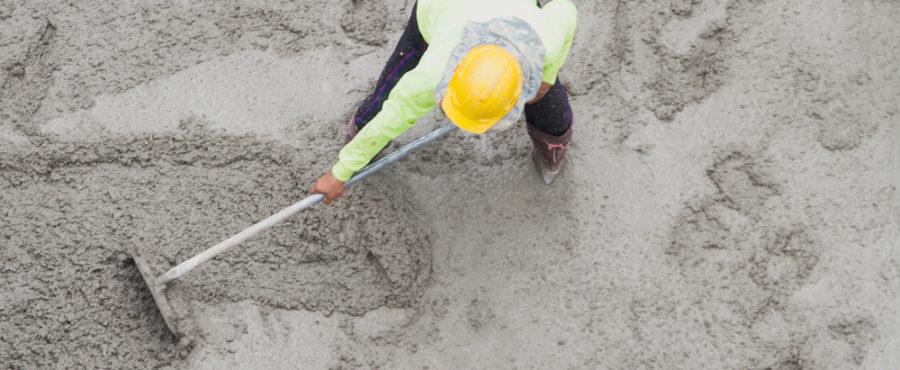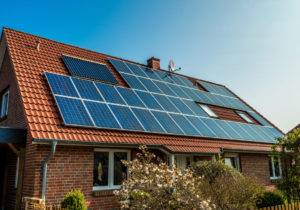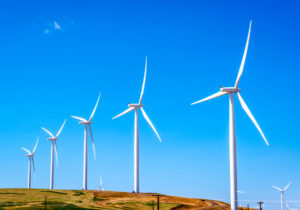
The main problem of today’s power systems is the mismatch between the consumption and production of energy. Networks need to be monitored to ensure the equally balanced energy inflows and outflows. This means that demand peaks usually may not be satisfied with the energy surpluses generated during low-consumption periods.
Swiss experiments with alternative energy storage solutions
Now 96 per cent of world’s electrical energy is stored in pumped-storage plants. Such installations pump water from a lower reservoir to an upper one during low-demand and high-production periods. When the demand reaches its peak, the released water powers the turbines in the generators to provide the needed power.
A weakness of pumped hydroelectric energy storage is its geographic constraints. Such facilities may not be constructed anywhere and because of their specific demands 75 per cent of all such facilities have been built in as few as 10 countries[1].
A power start-up called Energy Vault represents an interesting alternative, as it suggests using concrete blocks and cranes instead of water and pumps.
The cost issue
The company assures that a fully functional “concrete-stacking” power plant would cost around 2 million dollars and take about 9 months to build.
The principle of operation is exactly the same as in pumped hydroelectric energy storage plants. During generation peaks, blocks of concrete are lifted by cranes. When demand reaches its peak, the blocks are lowered using gravity and the energy is recovered. Concrete is much denser than water and thus may store more energy in the same capacity of the material.
A block of 32 tonnes is lifted by a 120-meter crane. The crane arranges the blocks in the shape of “towers” around it, putting one block onto another. The power plant is fully “charged” when the crane lifts all the blocks and arranges them at the right elevation. Additionally, this experimental system is fully autonomous and uses artificial intelligence. The overall installation allows storing 20 megawatt hours of power.
To minimise the cost of manufacture of concrete blocks, the company developed an innovative method of forming construction elements out of rubble, gravel and other waste materials, which cities usually dispose of.
Such an installation is to be much simpler to build and is supposed to be a cheaper alternative to energy storage solutions using lithium-ion batteries. In the target solution, storing one kilowatt hour in Energy Vault would cost not more than 150 dollars, which is similar to today’s cost of lithium-ion batteries.
[1] https://qz.com/1355672/stacking-concrete-blocks-is-a-surprisingly-efficient-way-to-store-energy/




